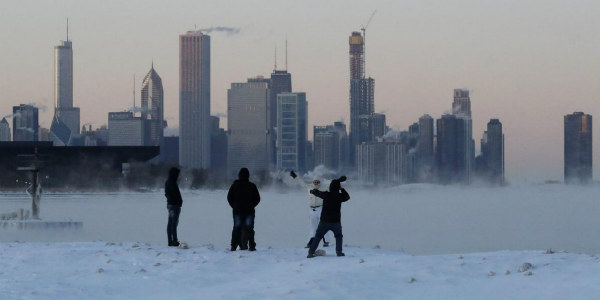
According to World Meteorological Organization, 2019 began with different shades of weather across the world. With severe heat in Australia, cold and frostbite was occurring in America and heavy snowfall in the Alps and the Himalayas marked an unusual extreme January.
Cold
North America
This week dangerous cold and heavy snow disabled the northern US, killing in excess of two dozen individuals and frostbite, broken bones, heart attacks and carbon monoxide harming leaving hundreds injured.
The cold has been attributed to an influx of Arctic air with wind chill factors making temperatures outdoors as cold as -53.9˚C in southern Minnesota, which caused frostbite. Frostbite is the condition in which tissues freeze within minutes and people die.
Himalayas and Alps hit too
In India, heavy or very heavy rain and snow is expected over Jammu and Kashmir and Himachal Pradesh, prompting warnings of avalanches amid an intense cold wave.
Similarly, in the European Alps, some regions witnessed snowfall in January. Hochfilzen, in the Tirol region of Austria, witnessed more than 451 cm of snow fell in the first 15 days of January.
Delhi’s extended winter spell
With snow in the Western Himalayas and a series of western disturbances hitting the northern parts of India, the capital city, Delhi recorded the longest wintery spell in at least 13 years.
Heatwaves and fires
Australia
Temperatures hit a record with a series of heatwaves remarkable in their scale and term gripping the nation. On January 24, the city of Adelaide saw an unprecedented high of 46.6 degrees Celsius. In Queensland, once-in-a-century floods canvassed urban communities in midriff profound waters with all the more substantial rain anticipated to make the situation worse.
South America
A climate station in the capital Santiago set another record of 38.3 degrees Celsius on January 26, while central parts of Chile saw maximums topping 40 degrees Celsius.
Image Credit: Dothan Eagle
Please Note: Any information picked from here must be attributed to skymetweather.com
